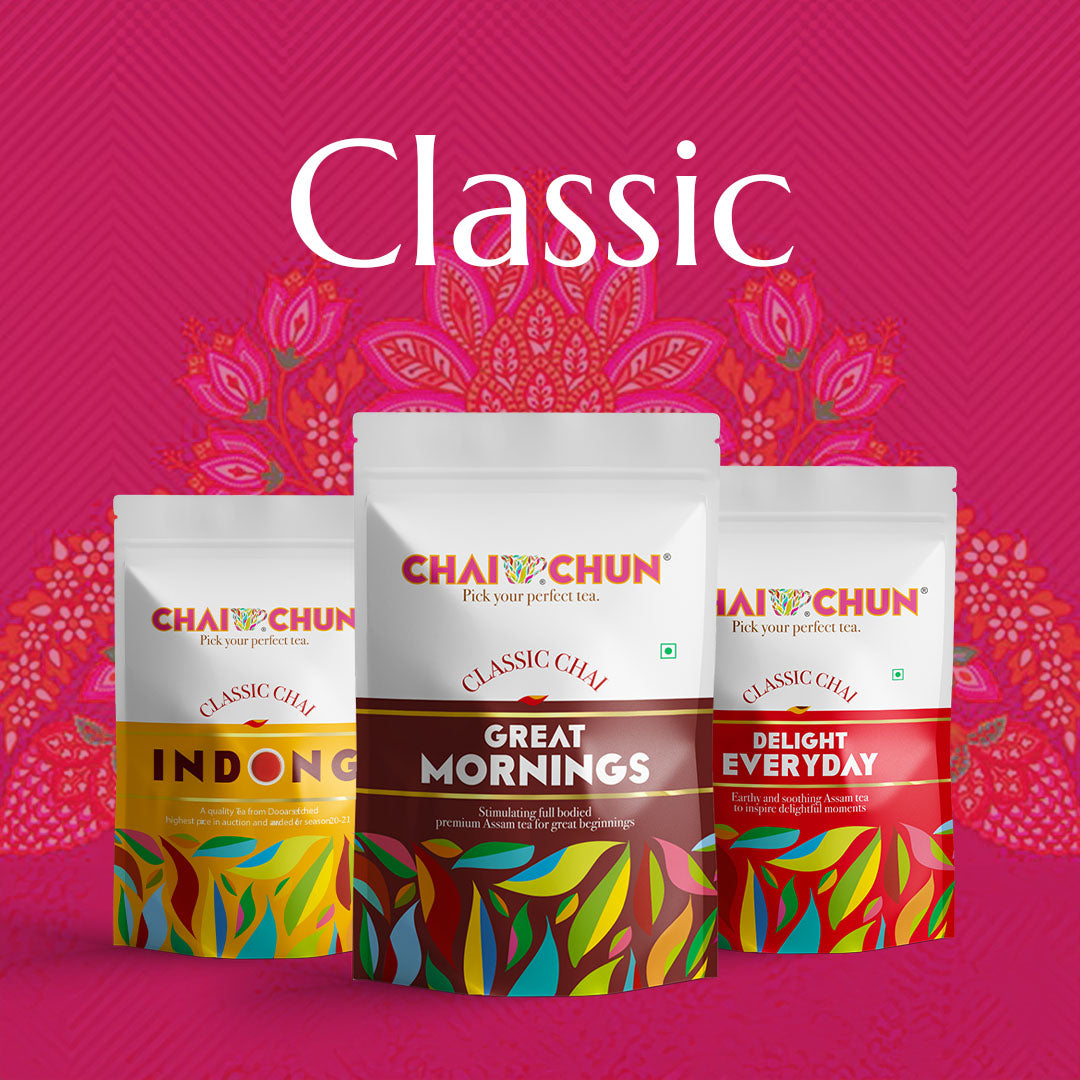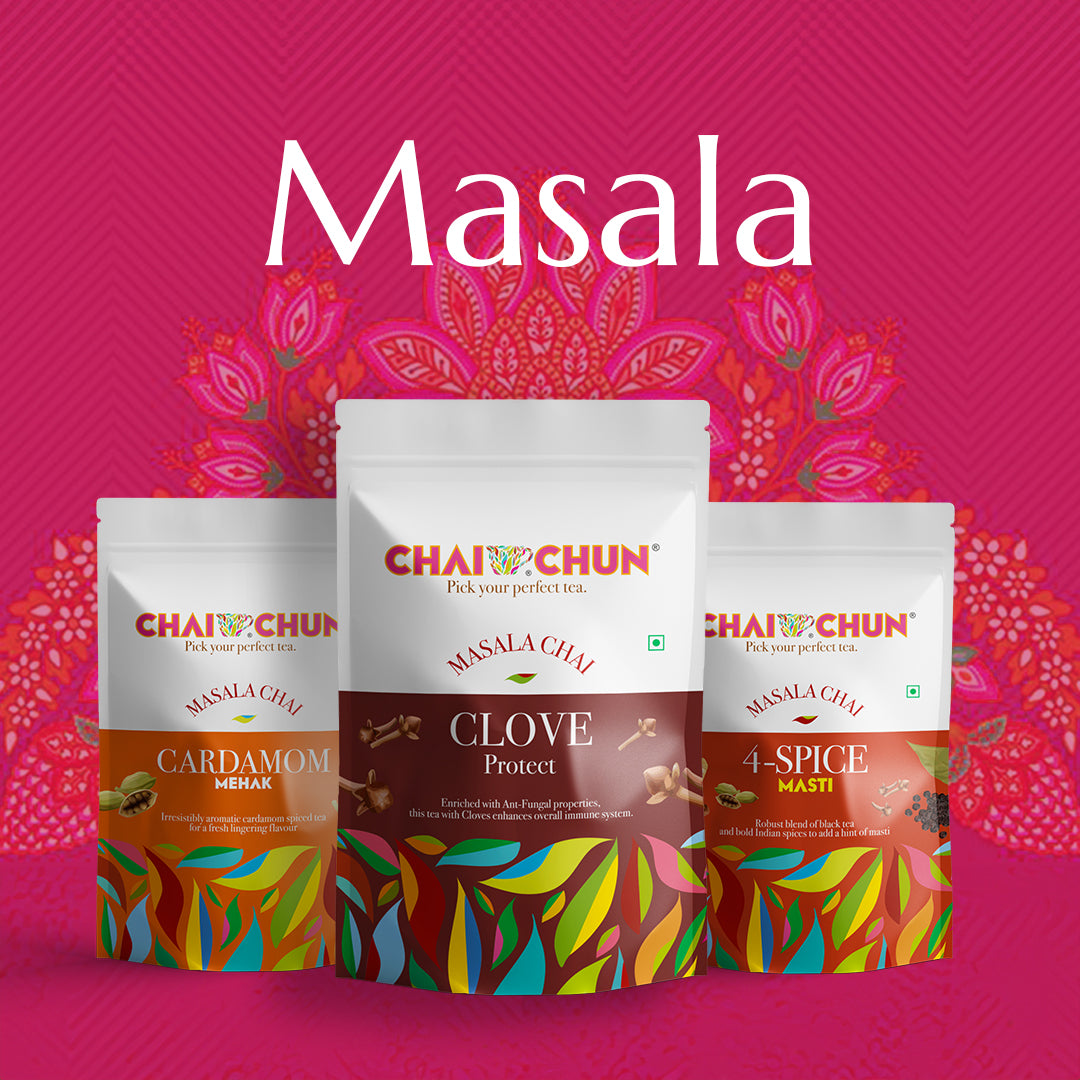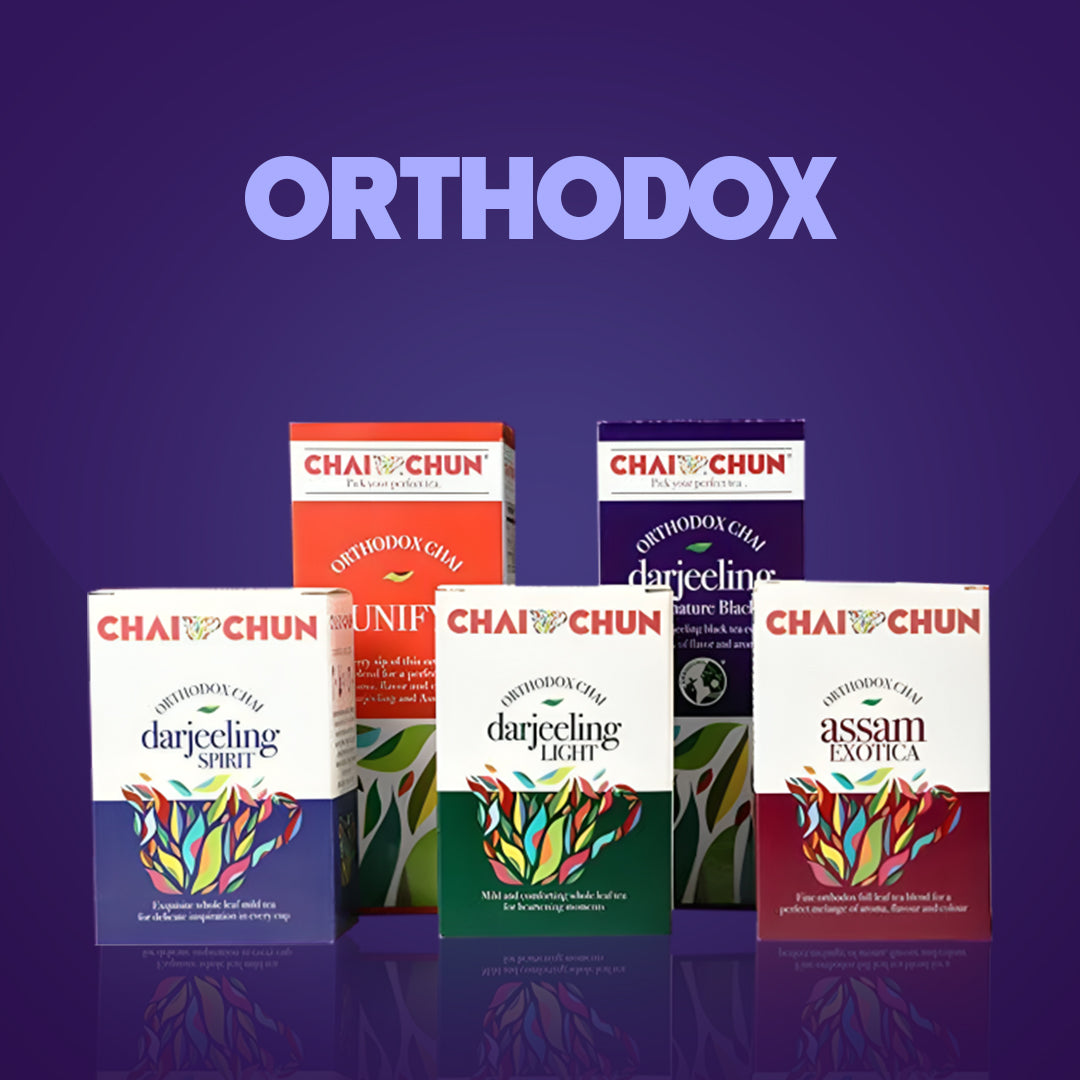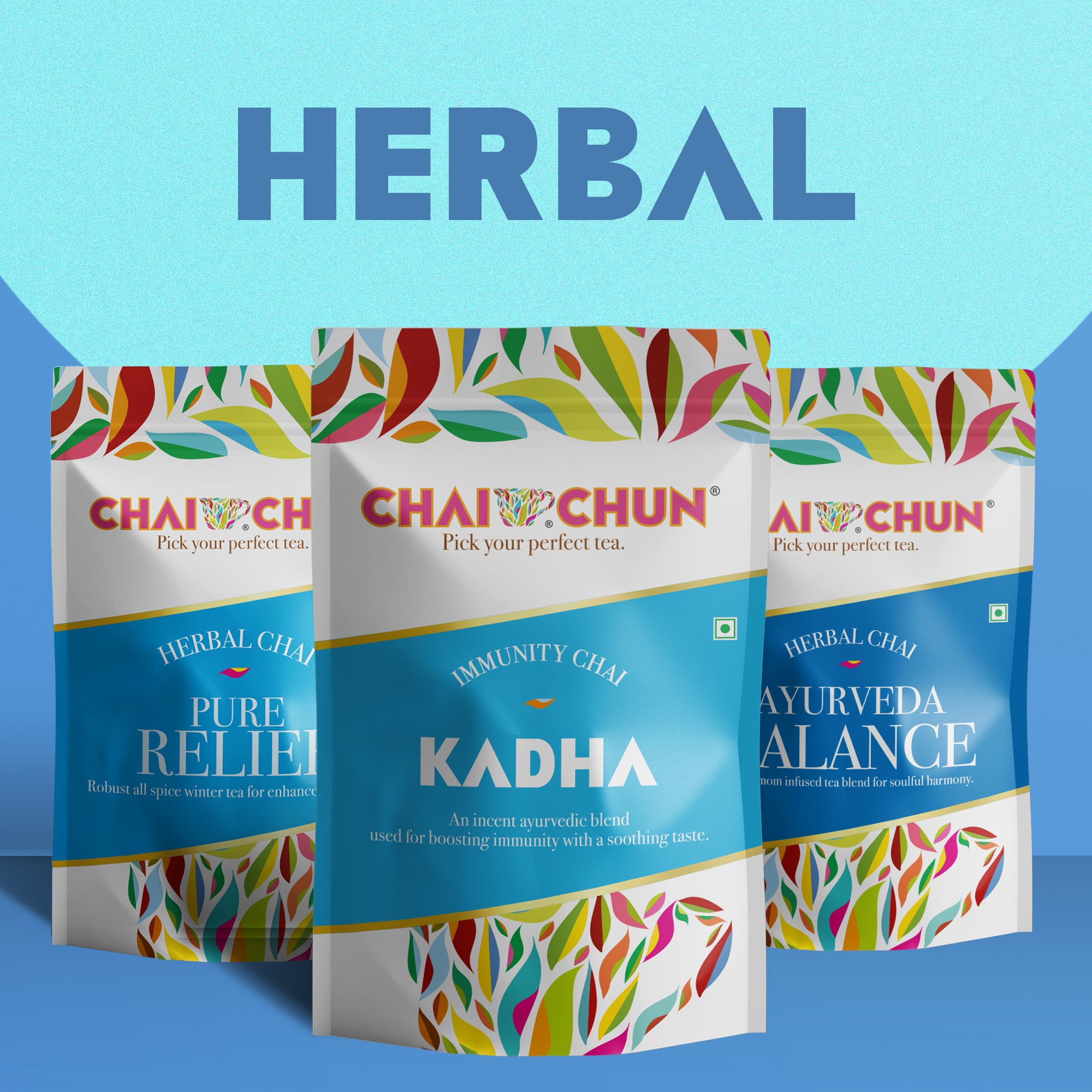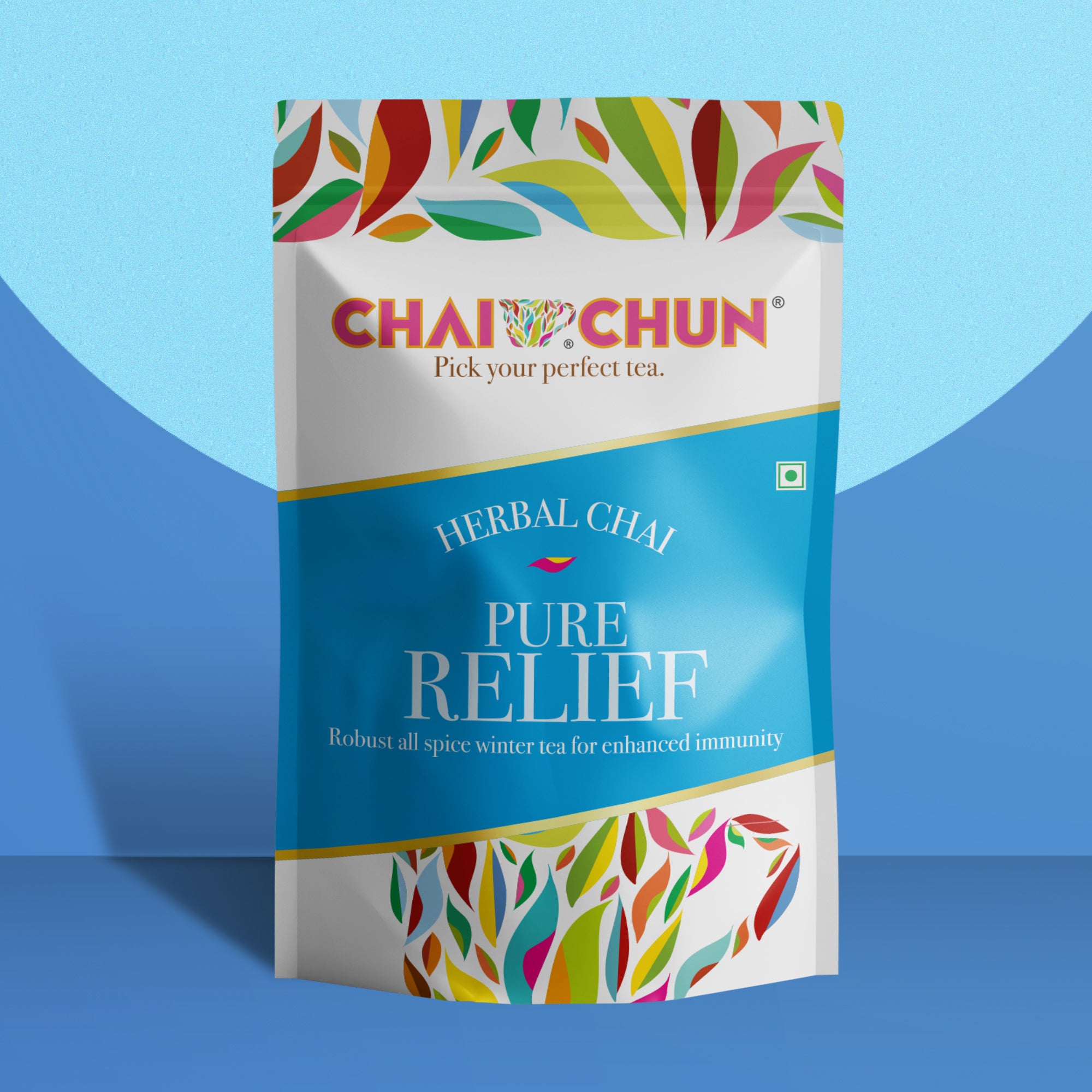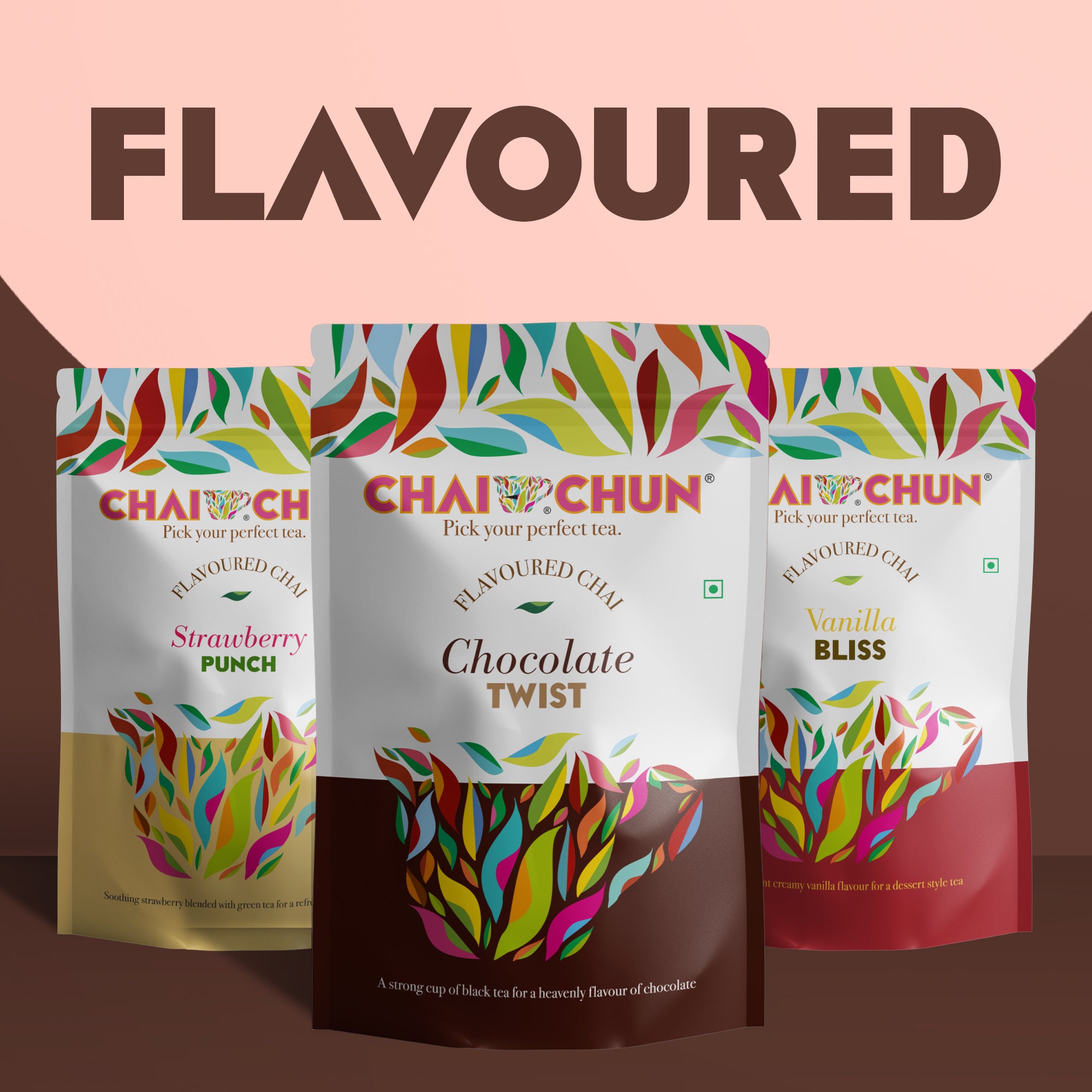Tea Professional Tasting
Tea Tasting is a far more complex procedure than we imagine. To taste something we need
our five senses, to different degrees. When we taste a tea, several small events take place,
each associated with a different sense.


During the tasting process our perception of the different sensations happens in 3 stages:
01: Sensation in nose through smell
One begins by smelling the tea, deliberately or not, as soon as the cup is lifted towards the mouth. This is known as direct olfaction, provides only limited information about what we are about to drink. Indeed, when we inhale, only 10% of the molecules reach our olfactory nervous cells. This value can be raised by a shorter, sharper intake of breath, which tea-tasting specialists refer to as "sniffing".
02: Sensation in mouth through a sip
Here, two senses are involved: taste and touch. Tea is experienced in 3 possible tastes: bitter, sour and sweet, each one being more or less discernible in different parts of the mouth. Our sense of touch is activated by contact with the mucous membrane and the teeth; it allows us to enjoy the texture and the temperature of the liqueur. It is at this moment that we can feel the astringency, the body and the smoothness of the tea.
3: Sensation through swallowing
At the moment of swallowing retro-olfaction takes place, in other words an exhalation of air through the nose provokes a simultaneous inhalation of air through the mouth. This "draught of air" completely cleans out the sensitive area of our olfactory apparatus and we can then smell 100% of the aroma molecules. To understand the importance of this step, one only has to hold one's nose at the moment of swallowing: in this way retro-olfaction does not happen and perception will be limited to the three flavour sensations described above.
It is indeed through smell that we perceive the essence of what we "taste" and through smell that the aromatic complexity of a drink like tea is revealed.
In order to be able to bring you the best teas at the best times, Chai Chun experts constantly taste and compare dozens of different teas. Sometimes these tastings take place on the plantations themselves or we receive many hundreds of samples from each and every continent.
Just as wine, professional tea tasting follows a very precise ritual, the object of which is to highlight the best qualities and the defects of the tea, and often to compare the different batches produced from the same harvest.
01: Method:
▪ The taster begins by lining up in front of him all the samples he wishes to taste and compare.
▪ He spreads them out on large sheets of white paper, so that he can look at and feel each dry leaf and keep the file for each sample in the correct order.
▪ Information contained on each file: supplier's name, plucking date, plantation of origin, price, etc.
▪ For the preparation of tea, the expert uses a tasting kit. This is made up of three components: a bowl, a cup with a spout and its lid. During a tea tasting session as many kits are used as there are teas to be tasted.
▪ In each cup, which he will then cover with its lid, the taster places 2g of tea onto which he pours about 10cl of simmering water.
▪ The length of infusion can vary from anything from 2 minutes for the most delicate green teas to 15 minutes for some white teas.
▪ Whatever the type of tea, the infusion lasts longer than it would in a teapot: this enhances the tea's characteristics and brings out its good and bad qualities.
▪ Respecting this condition sometimes comes at the cost of producing strong bitterness, but it is necessary, especially in the case of teas with very similar characteristics.
▪ After some minutes of brewing the taster pours the liquid into the bowl while holding the lid on the cup. In this way the leaves are held back and do not cloud the liqueur.
The tea is now available in three different states: as a dry leaf, in the infused state and as a liqueur. The tasting can now begin.

- ▪ Appearance: size, colour, fineness of the crop, working of the leaf
- ▪ Texture: softness and strength, the level of hygrometry in the case of the dry leaf
- ▪ Scent: dry and infused notes
- ▪ Colour and the clearness of the liquid
- ▪ Feel in the mouth
- ▪ Taste: the flavours and the aromas
The taster's glossary lists the vocabulary used by tasters and allows the sensations felt during the drinking of tea to be described.

